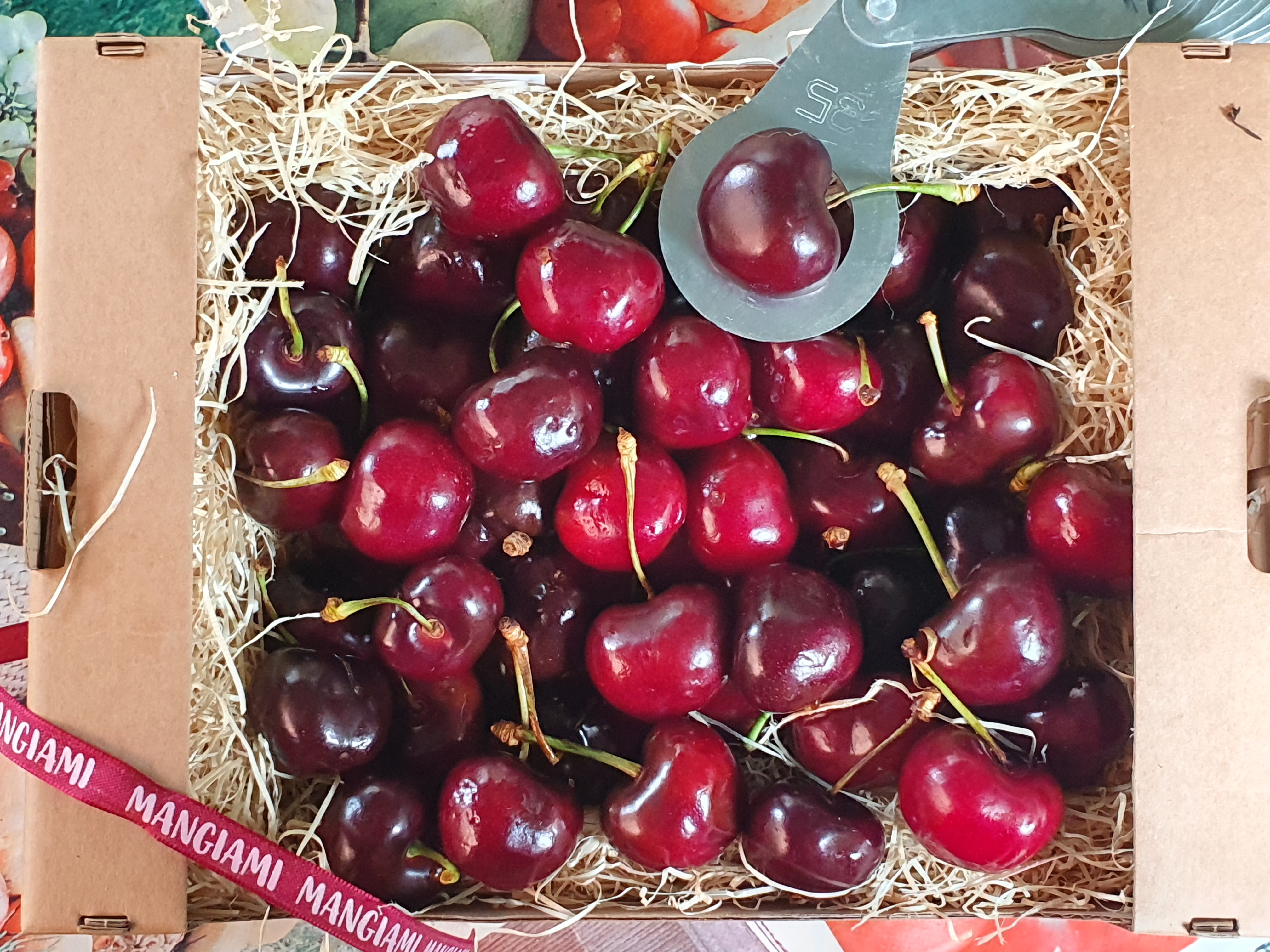According to researcher Maryam Yazdani, the new technology based on artificial intelligence could facilitate access to exporting countries.
Australian researchers have tested a new way to detect fruit flies in cherries and other fruits using an optical scan programmed by artificial intelligence. The project by the CSIRO (Commonwealth Scientific and Industrial Research Organisation), led by entomologist Maryam Yazdani, aims to make detection more efficient and effective.
"Many horticultural companies use optical scanning as a key component of the quality sorting process," Yazdani told Fruitnet. "What we tried to do [with our research] was to develop a specific imaging system for pest detection that could be integrated into the existing optical sorting systems at packing centers."
Yazdani said she hopes this system can open up market access to countries currently closed to Australian exporters due to the potential fruit fly risk. Currently, Australia uses final treatments such as fumigation and manual inspections to manage fruit fly infestation risks for fruit exported internationally and for internal transport between states.
"Australia already has very strong security measures," Yazdani said. "But this emerging technology can provide additional tools to border security regulators to minimize the risk of pest transport." Indeed, Yazdani sees the potential of optical scanning as an alternative to fumigation.
"Fumigation is quite costly and has already been banned in many countries," she said. "We may not have access to some countries in the coming years, so we really need an alternative to fumigation."
The optical scanning technology captures high-resolution images of the fruit as part of the sorting process. From the images, the artificial intelligence program can detect infestations, including recently laid eggs inside the fruit, which can be removed through existing selection technologies within the warehouse.
The program works by referencing previous images of infestations and matching the defect signs in new fruits. According to Yazdani, the team generated more than 40,000 images over three years to "train" the AI program.
"When we have high-quality data, the artificial intelligence model we are developing is more accurate," Yazdani said. "So far, the detection model we have developed for fruit fly damage in cherries has achieved about 95% accuracy."
Read the full article: Fruitnet
Image: Koppert
Cherry Times - All rights reserved










